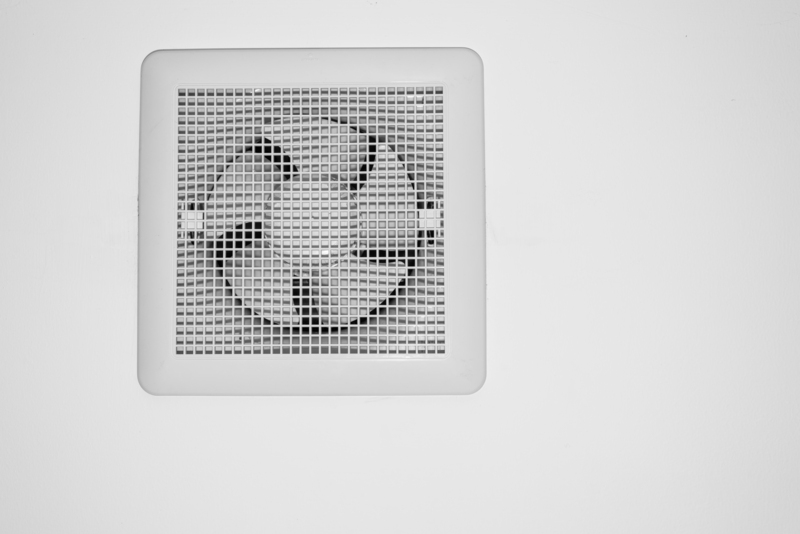Burn off chemical residue in your new oven
Posted on 17/07/2024
Getting a new oven is always exciting, whether you're an avid baker or just enjoy cooking for your family. However, many do not realize that new ovens often come with chemical residues that need to be burned off before first use. This step is critical for ensuring the safety of your food and maintaining optimal oven performance.
Why Burn Off Chemical Residue in a New Oven?
When an oven is manufactured, various chemicals and oils are used in the production and assembly process. These substances can leave residues inside the oven, which can produce unpleasant fumes when first used. Burning off these residues helps to remove these contaminants, ensuring that they do not impact the flavor of your food or pose any health risks.

Steps to Burn Off Chemical Residue
1. Read the User Manual: Before performing any procedure, it's essential to read the manufacturer's instructions. The manual often provides specific guidelines on how to properly burn off chemical residues.
2. Prepare the Area: Make sure your kitchen is well-ventilated. Open windows and turn on any fans to help dissipate fumes.
3. Remove Packaging: Take out any packaging, trays, or other accessories included with the oven. These items could become damaged or pose a fire hazard if left inside during the burn-off process.
4. Clean the Interior: Wipe down the interior surfaces with a damp cloth to remove any loose particles or substances.
5. Set the Temperature: Preheat the oven to its highest temperature setting, usually around 400-500?F (200-260?C).
6. Run the Oven: Let the oven run at this high temperature for about 30 minutes to one hour. You might notice a strong smell or some smoke, which is normal and indicates that residues are burning off.
7. Cool Down: Once the time is up, turn off the oven and allow it to cool down completely before using it for cooking.
Tips for a Successful Burn Off
- Ventilation is Key: Ensure your kitchen is well-ventilated during the burn-off process to help remove fumes quickly.
- Stay Nearby: Keep an eye on the oven while it's running to make sure there are no unexpected issues.
- Use a Timer: Set a timer so you don't forget to turn off the oven.
- Repeat if Needed: If you notice any lingering odors, you may need to repeat the burn-off process.
Pros and Cons of Burning Off Chemical Residue
Pros:
- Health and Safety: Removes harmful chemicals that could be hazardous if ingested.
- Improved Cooking: Ensures no unwanted flavors are transferred to your food.
- Optimal Oven Performance: Helps the oven function more efficiently by removing residues that could affect heating elements or fans.
Cons:
- Time-Consuming: The process can take up to an hour or more, depending on the oven.
- Smell and Smoke: Initial use might generate unpleasant odors and visible smoke, which could be disturbing.

Takeaways
Burning off chemical residue in a new oven is a crucial first step to ensure your new appliance is free from potentially harmful substances. It is a simple process that can dramatically improve the safety and enjoyment of your cooking experiences.
Conclusion
Breaking in your new oven by burning off chemical residue may seem like an inconvenience, but it's an essential task for safe and tasty cooking. By following the manufacturer's guidelines and ensuring proper ventilation in your kitchen, you can easily complete this task and enjoy the benefits of your new appliance. Taking these initial steps can prevent unwanted odors and potential health risks, giving you peace of mind and an optimal cooking experience.



